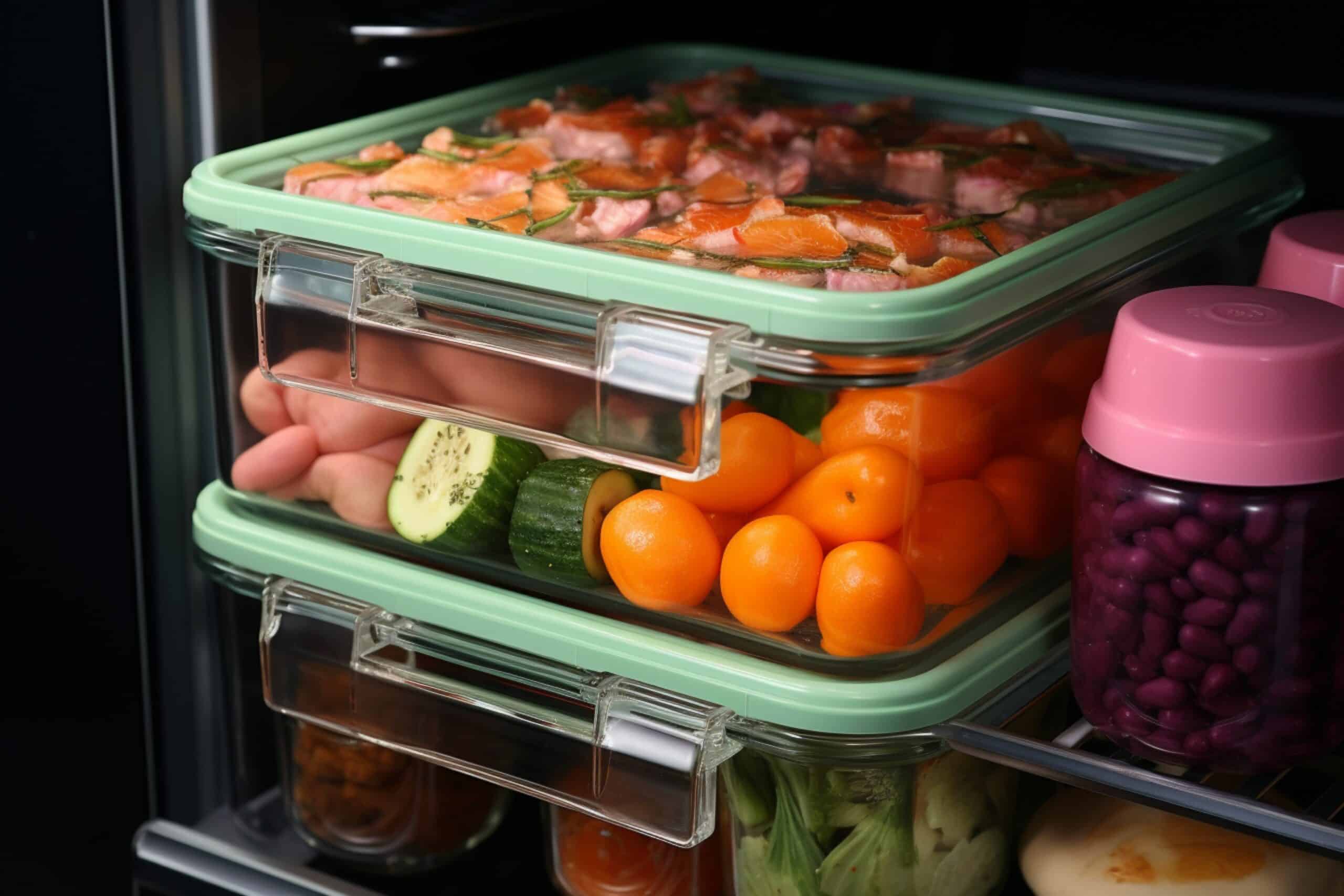Can Tackle Boxes Be Used to Store Food Safely?
Key Takeaways
- Tackle boxes can be used to store food safely
- It is important to review the materials of the tackle box and ensure that it is food-safe
- Plastic tackle boxes made from plastics numbered 2, 4, or 5 are generally considered safe for food storage
Yes, tackle boxes can be used to store food safely, but it is important to review the materials of the tackle box and ensure that it is food-safe before using it. Tackle boxes are commonly used by fishermen to organize and store their fishing gear, but they can also be repurposed for storing food, especially for outdoor activities such as picnics, camping, or road trips. In this article, we will explore the safety of using tackle boxes for food storage and provide some guidelines for choosing a food-safe tackle box.
Materials of Tackle Boxes
Tackle boxes are available in various materials, including metal and plastic. When it comes to food safety, it is generally recommended to choose a plastic tackle box. Plastic tackle boxes are easier to clean and eliminate the risk of rust, which can contaminate the food. However, not all plastics are created equal in terms of food safety.
According to Meggie Claire, tackle boxes made from plastics numbered 2, 4, or 5 are generally considered food safe. These plastics are commonly used for food containers and have been approved by regulatory agencies for their safety. Plastics with these numbers are less likely to leach harmful chemicals into the food.
If you are unsure about the type of plastic used in your tackle box, it is best to check the manufacturer’s information or contact them directly to confirm its food safety. It is important to avoid using tackle boxes made from plastics numbered 3, 6, or 7, as these may contain potentially harmful chemicals.
Ensuring Food Safety
Before using a tackle box to store food, it is crucial to ensure that it is clean and free from any contaminants. Here are some steps you can follow to ensure food safety:
- Clean the tackle box: Thoroughly clean the tackle box using warm water and mild dish soap. Pay special attention to any compartments or crevices where food particles may accumulate. Rinse it thoroughly and allow it to air dry.
- Inspect for damage: Check the tackle box for any cracks, chips, or signs of damage that may compromise its food safety. If you find any damage, it is best to replace the tackle box to avoid potential contamination.
- Line compartments: If you have concerns about direct contact between the food and the tackle box, you can line the compartments with parchment paper or food-safe liners. This additional layer helps to create a barrier between the food and the tackle box, providing an extra level of protection.
Storing Perishable Food
According to both the Charcuterie Association and Inspired by Charm, tackle boxes can be used to store perishable food. However, it is important to note that perishable food should be stored at proper temperatures to prevent bacterial growth and foodborne illnesses.
If you plan to store perishable food in a tackle box for an extended period, it is crucial to keep it refrigerated or use ice packs to maintain a safe temperature. Perishable food includes items such as meats, dairy products, and prepared dishes that are prone to spoilage.
Conclusion
In conclusion, tackle boxes can be used to store food safely, but it is essential to choose a food-safe tackle box made from materials like plastic or metal. Plastic tackle boxes made from plastics numbered 2, 4, or 5 are generally considered safe for food storage. It is crucial to clean the tackle box thoroughly before using it and inspect it for any damage that may compromise its food safety. Lining the compartments with parchment paper or food-safe liners can provide an extra layer of protection. When storing perishable food, it is important to maintain proper temperatures to prevent bacterial growth. Overall, tackle boxes can be a convenient and practical option for storing food during outdoor activities.
Related Websites:
FAQs:
Q: Can I use a tackle box to store food safely?
While tackle boxes are primarily designed for fishing gear, it is not recommended to use them for storing food. Tackle boxes are not specifically designed for food storage, and there may be potential risks of odor transfer, contamination, or harmful substances.
Q: What materials are commonly used in tackle boxes?
Tackle boxes are commonly made of plastic or metal. These materials are chosen for their durability and water-resistant properties. However, when it comes to storing food, there may be concerns about food safety due to the materials used.
Q: How do I clean and maintain a tackle box?
To clean and maintain a tackle box, you can follow these guidelines: 1. Remove all contents and dispose of any old bait or fishing items. 2. Wash the tackle box with hot, soapy water. 3. Rinse thoroughly and dry completely before using it again. Regular cleaning is essential to prevent potential food contamination and maintain hygiene.
Q: What are alternative food storage options?
Instead of using a tackle box, it is recommended to use containers or storage methods specifically designed for food storage. These options include airtight plastic or glass containers, resealable bags, or food-grade storage bins. Using proper food storage containers helps ensure safety, freshness, and avoids potential health risks.
Q: Why is it important to prioritize food safety?
Food safety is crucial to prevent foodborne illnesses and maintain overall health. Storing food in appropriate containers helps minimize the risk of bacterial growth, contamination, and food spoilage. By prioritizing food safety, you can ensure that your meals are safe, fresh, and enjoyable.






